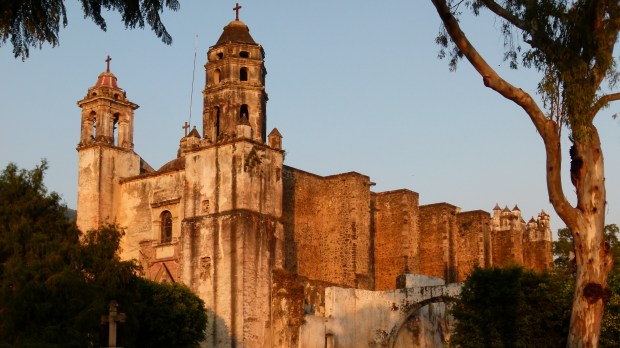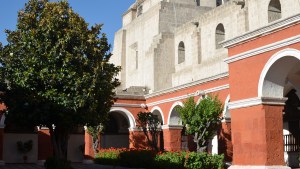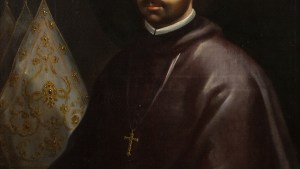Lenten Campaign 2025
This content is free of charge, as are all our articles.
Support us with a donation that is tax-deductible and enable us to continue to reach millions of readers.
Indigenous symbols found alongside Catholic motifs, painted in the walls of the 16th-century Tepoztlan convent of La Natividad, might help confirm some aspects of the conquest of the Americas that have often been either hidden or overlooked. This latest find suggests that Spanish priests “negotiated” with indigenous leaders as they arrived in Mexico.
Instead of simply imposing their religion and system of government after the defeat of the Aztec empire (in 1521), the few priests sent to the Americas faced the monumental task of converting and instructing hundreds of thousands of native Americans in a rather short time, so they had to consider and use local traditions, symbols and preferences to complete their work of evangelization.
In short, what these findings show is an early sample of the inculturation of the Gospel in the Americas.
As reported in Los Ángeles Times, last week the National Institute of Anthropology and History (INAH, in Spanish) announced that indigenous symbols (feathered headdresses, an ax and a shield) were found under layers of lime plaster in open-air chapels of the Tepoztlan convent, a short drive south of Mexico City. Restoration experts have been cleaning these symbols, found next to devotional Christian images.
The Tepoztlan convent dates to the 1500s, when Spanish Roman Catholic priests built open-air church patios to teach and convert native Mexicans, as they were used to holding religious ceremonies in the open air.
Colonial chronicles explain how the indigenous population was distrustful of large, roofed spaces like churches, so the priests built open-air chapels consisting of a small arched vestibule for officiating the Mass, facing a large open patio surrounded by four walls.



